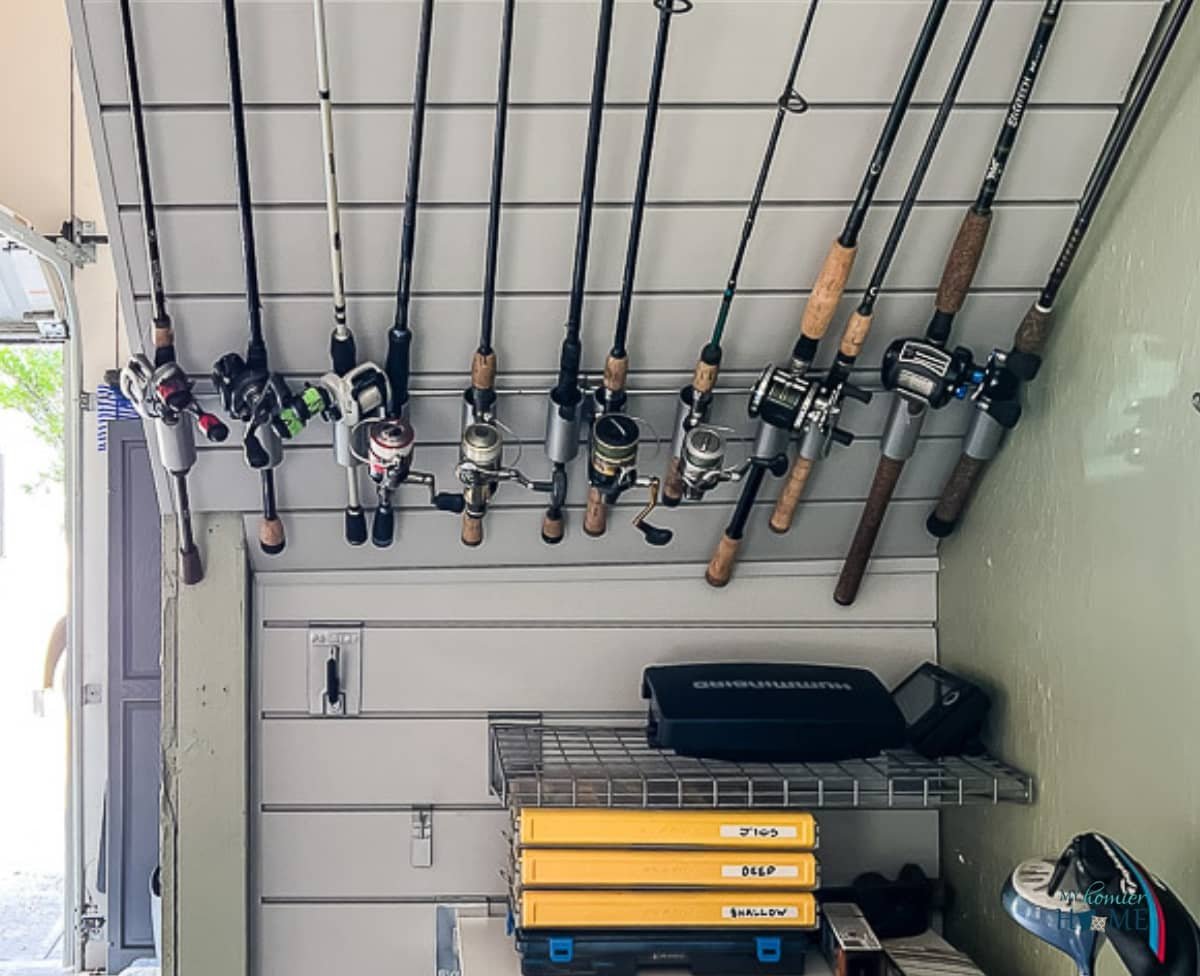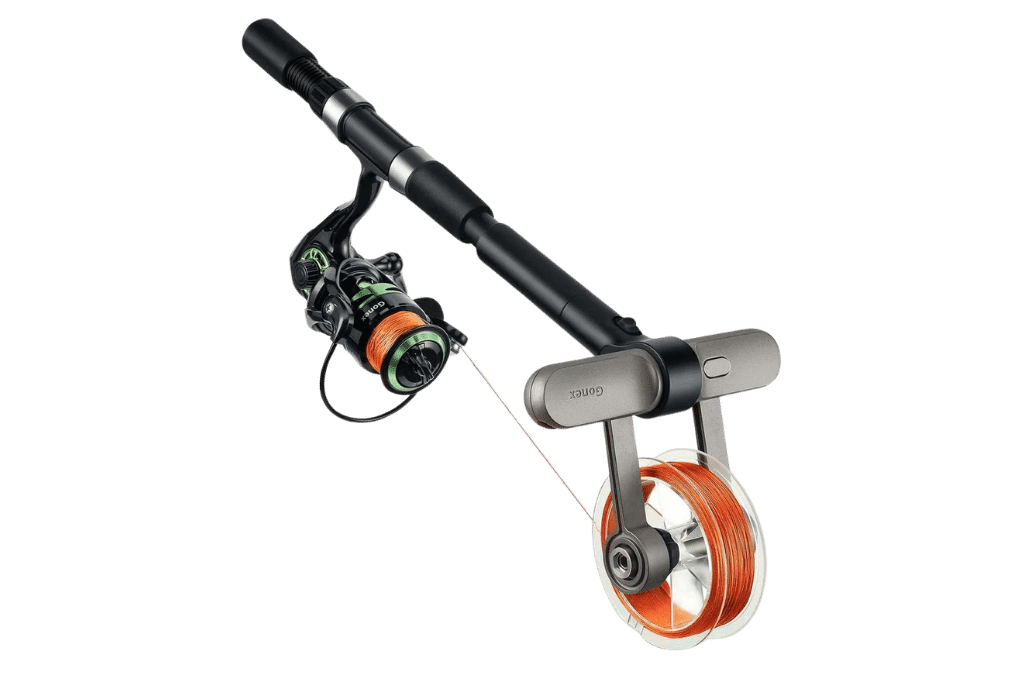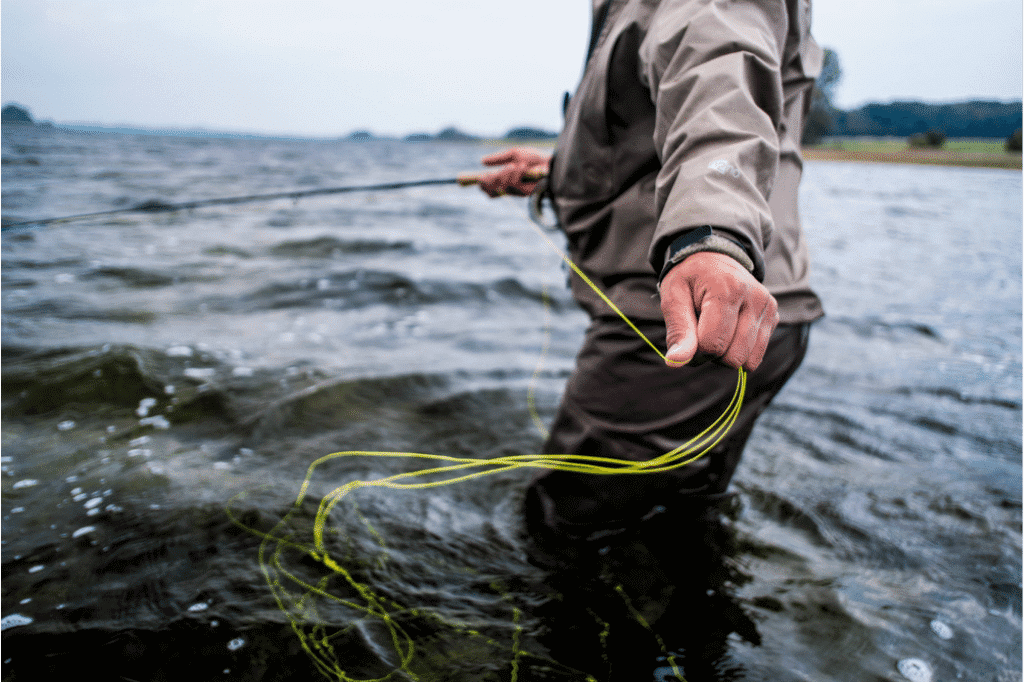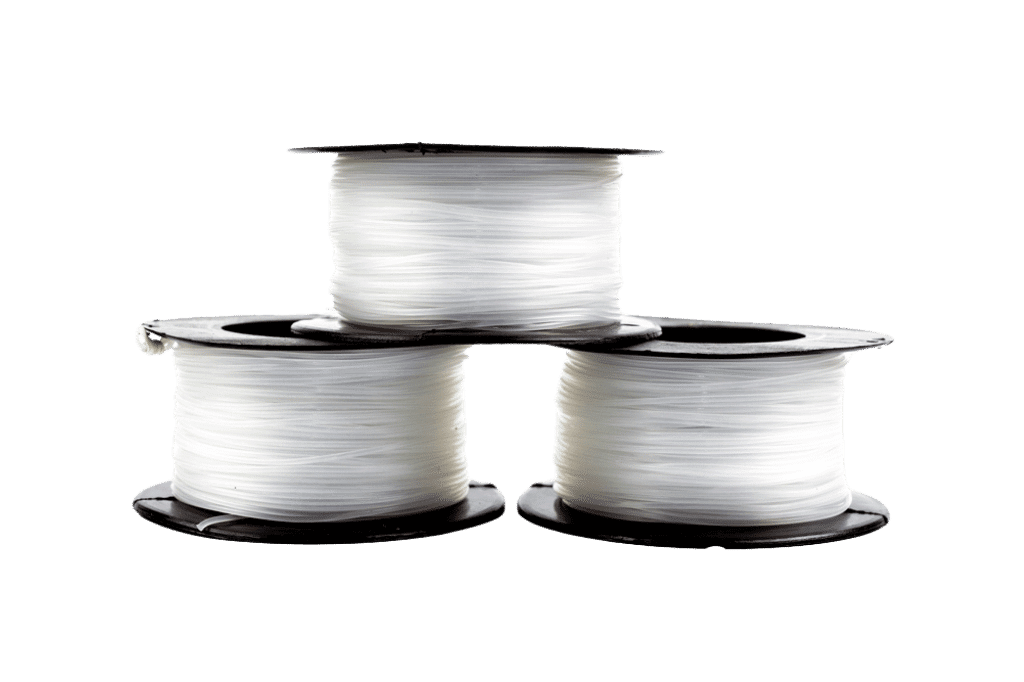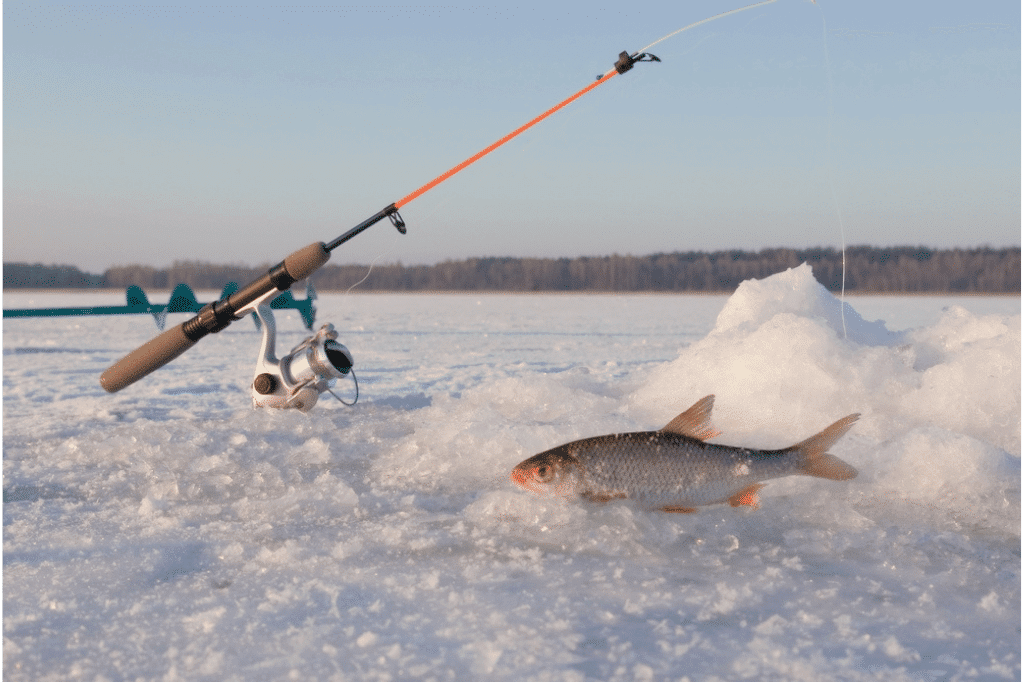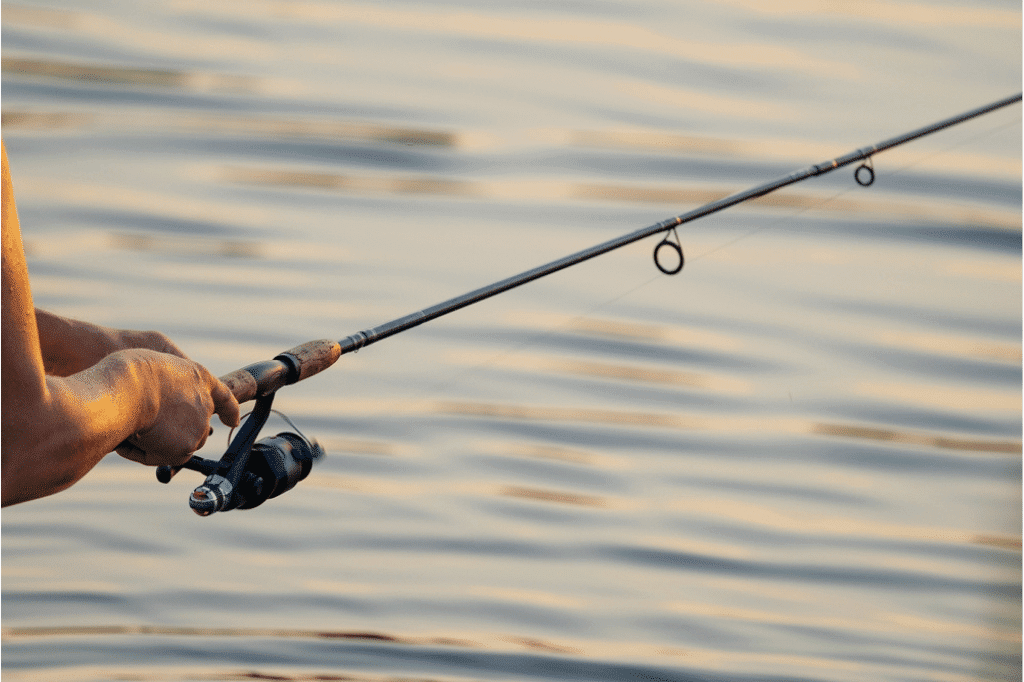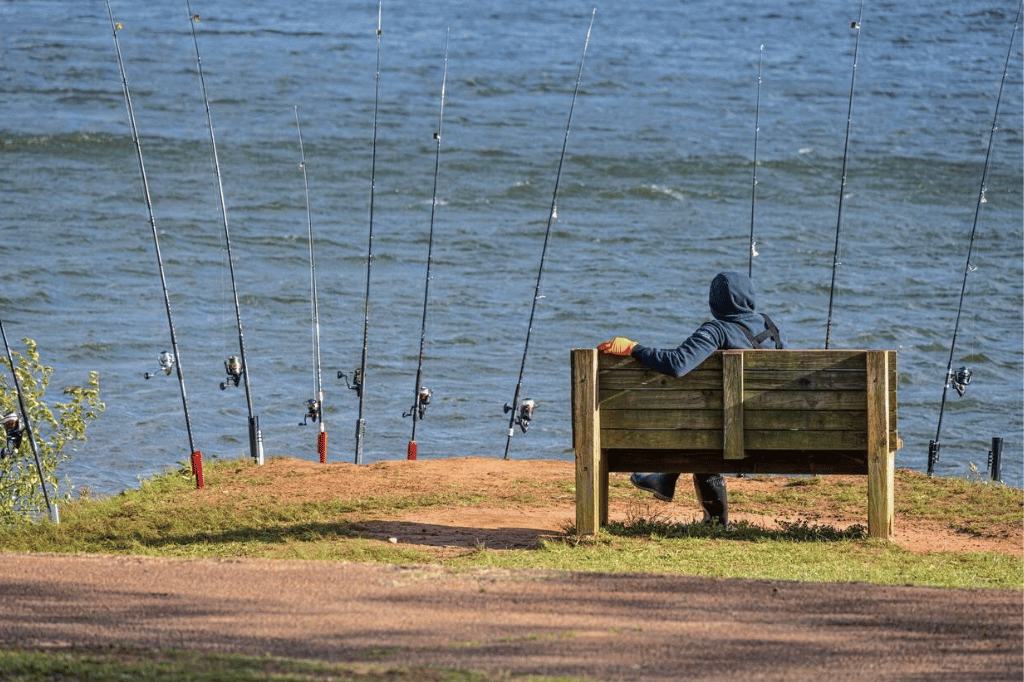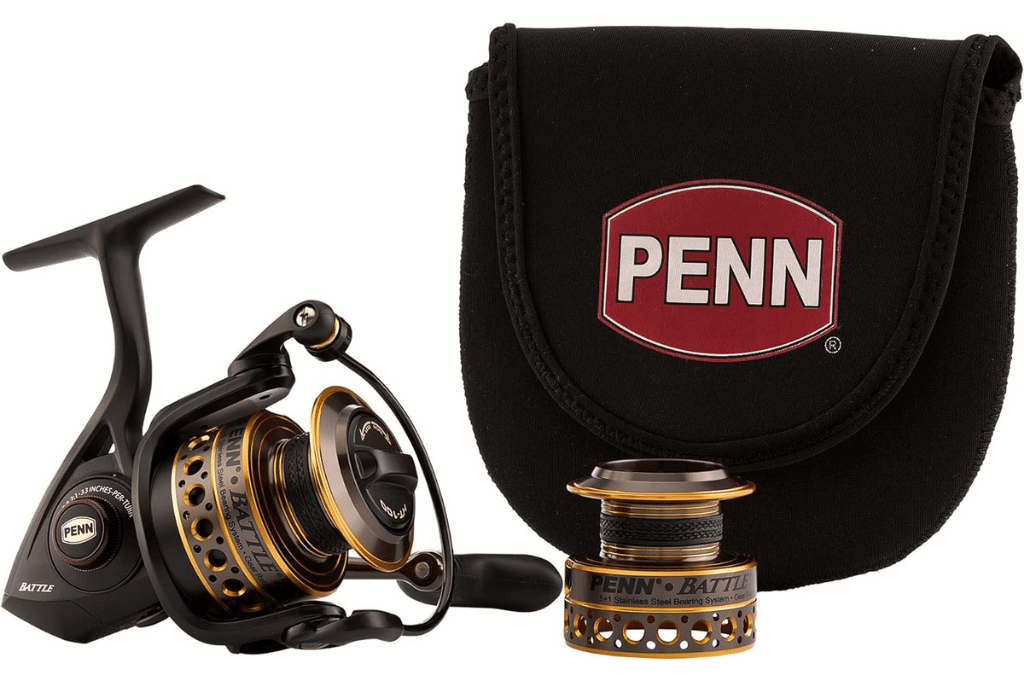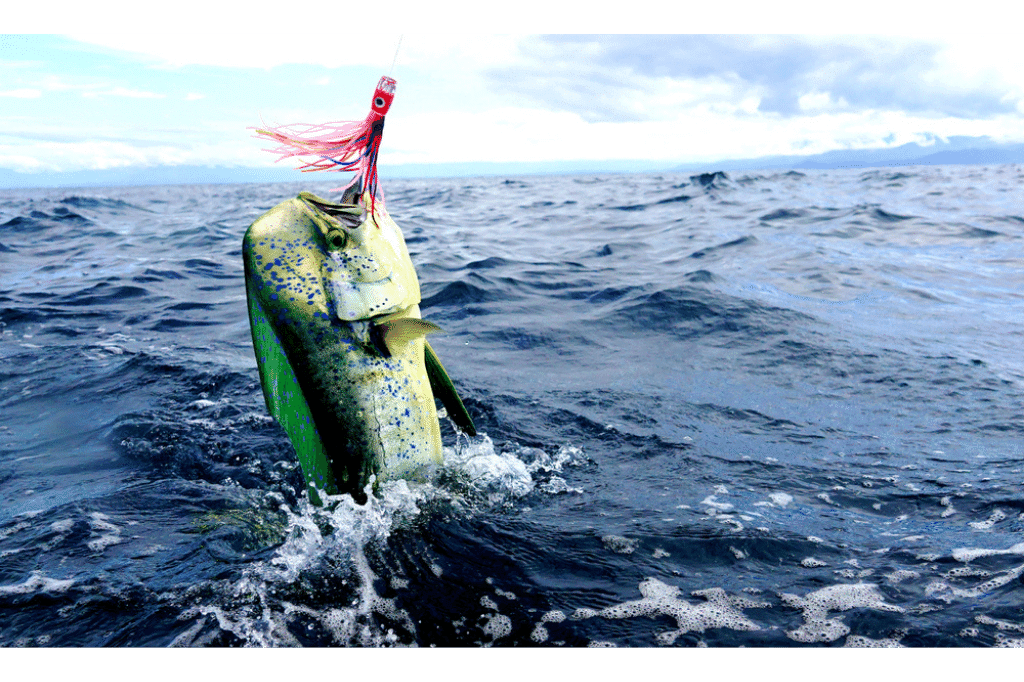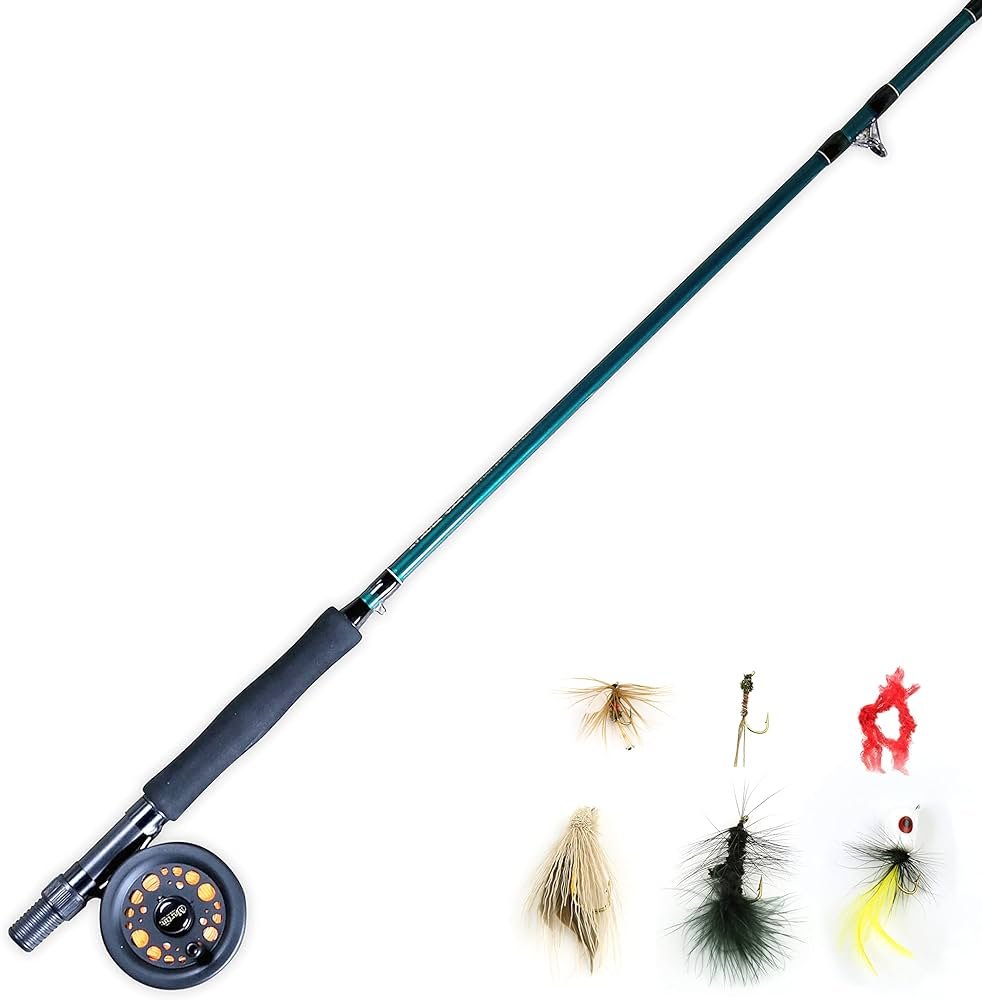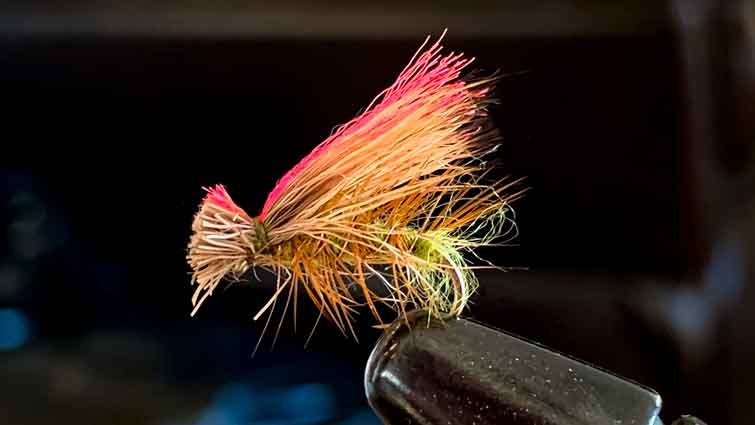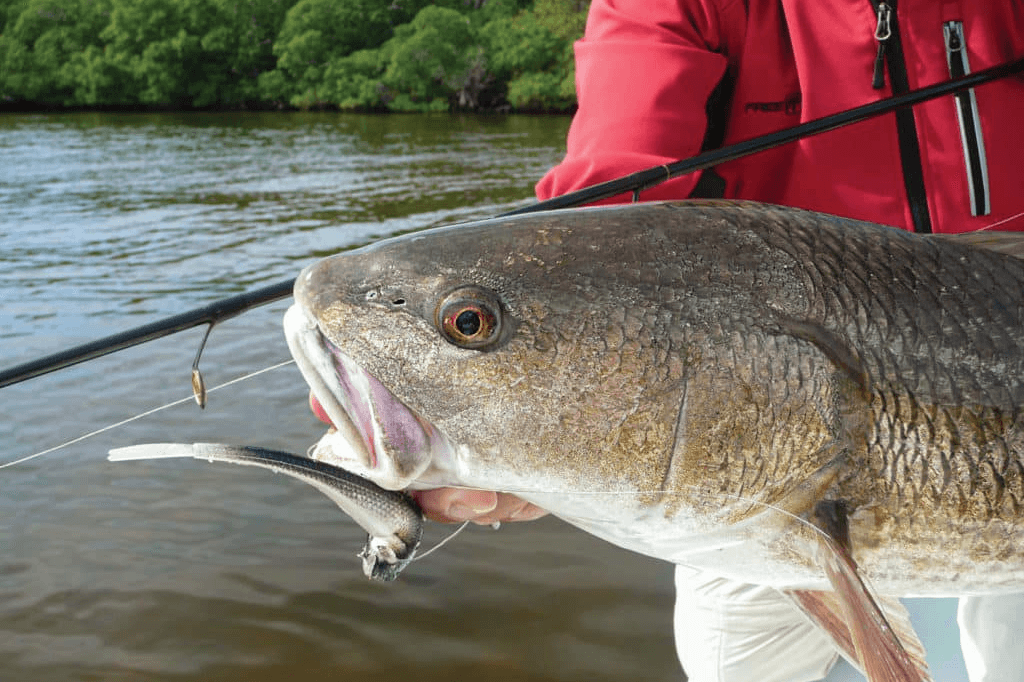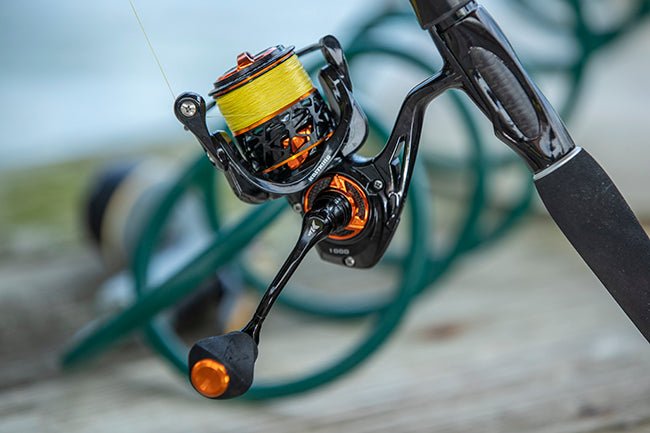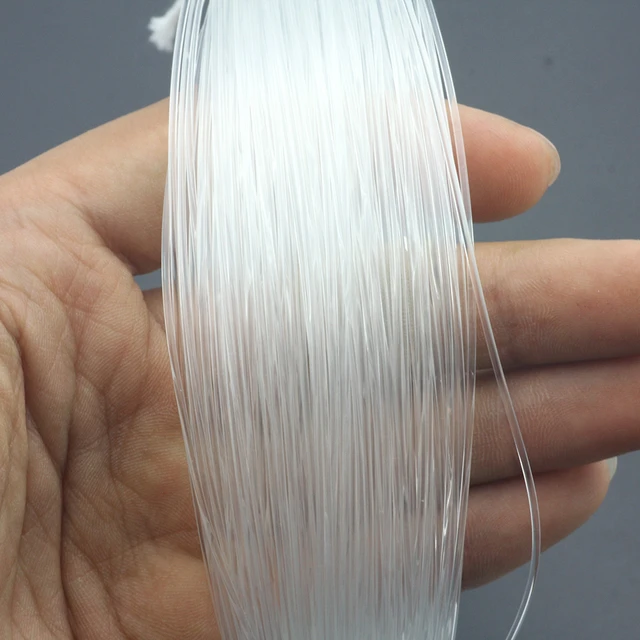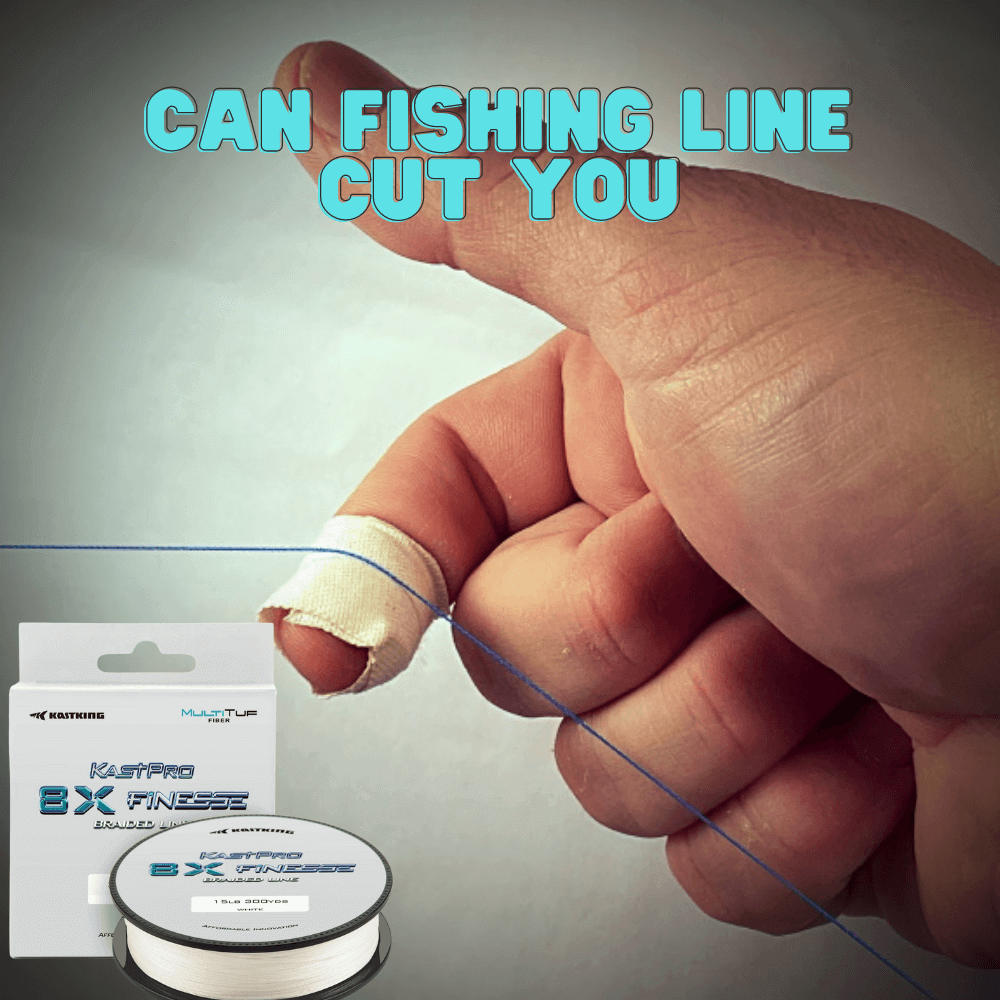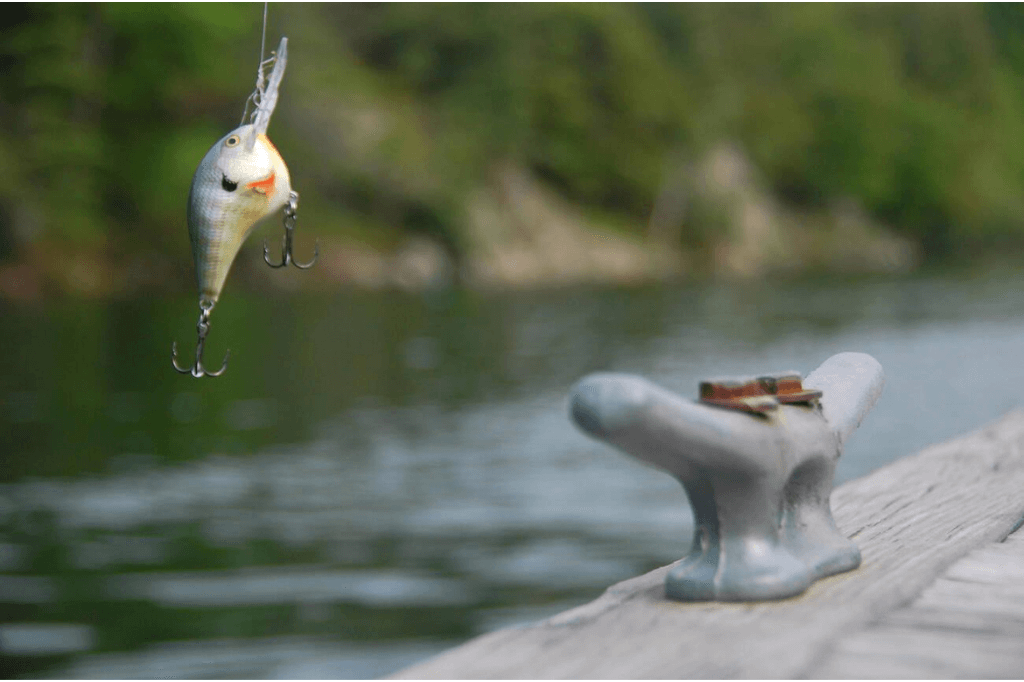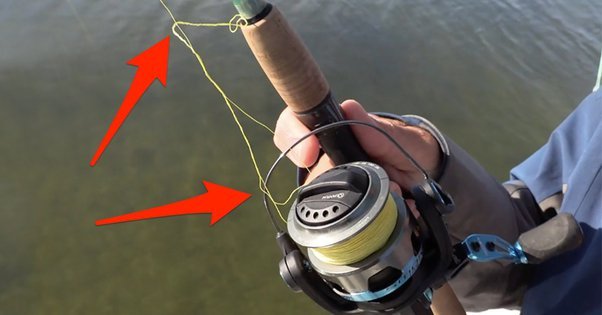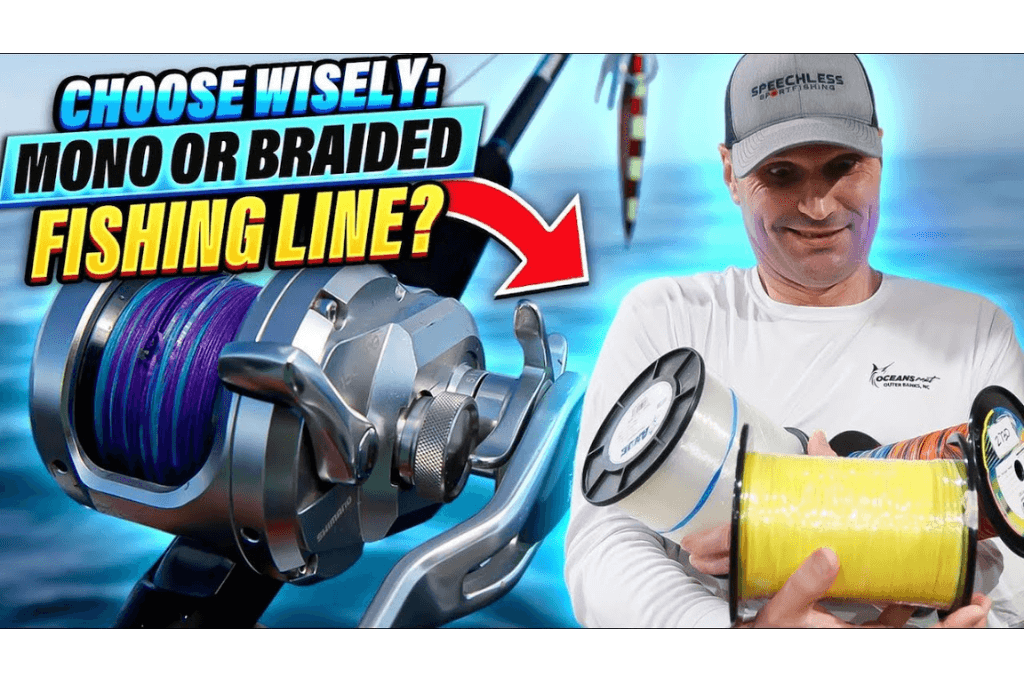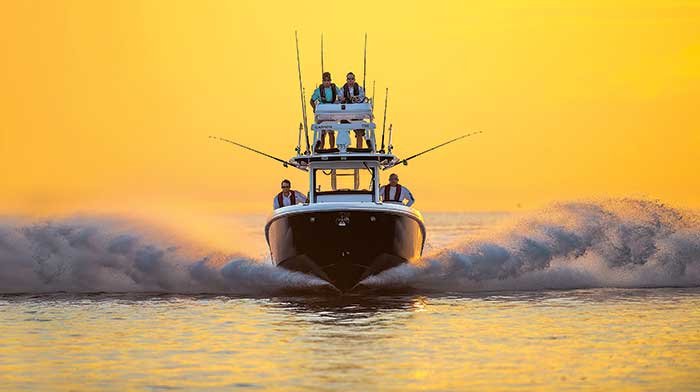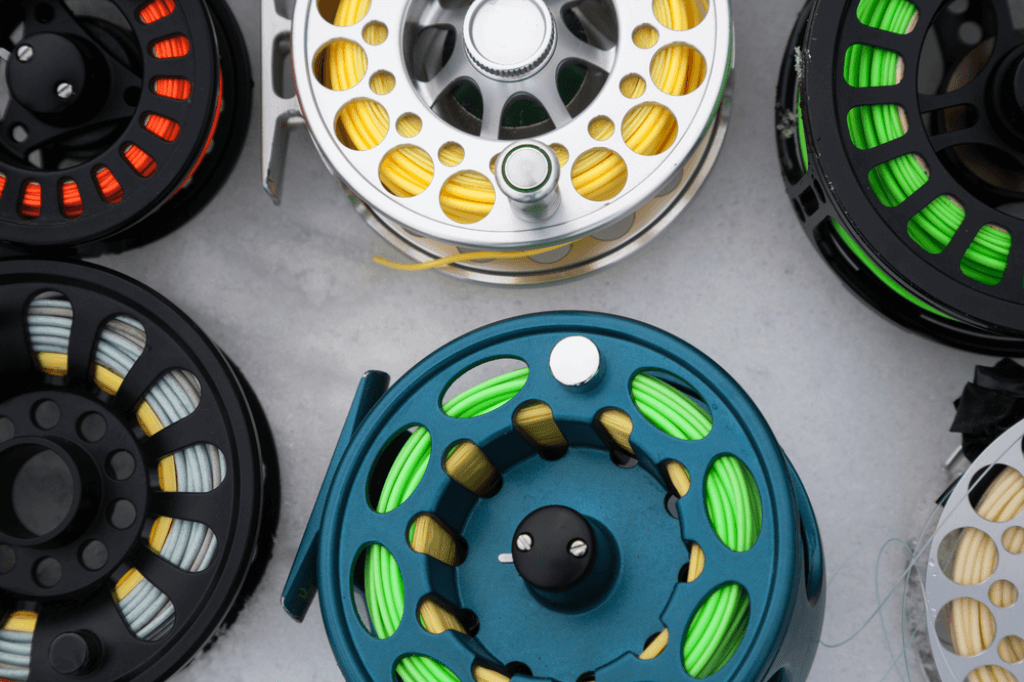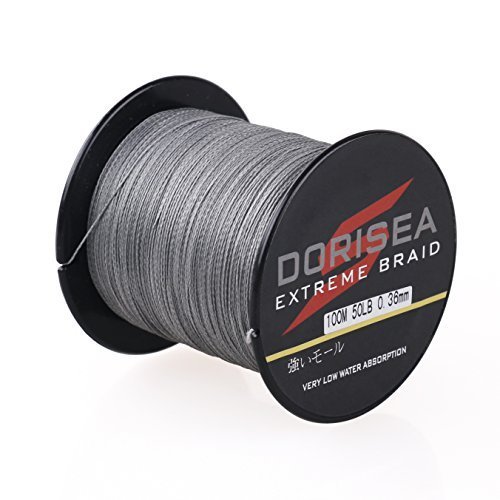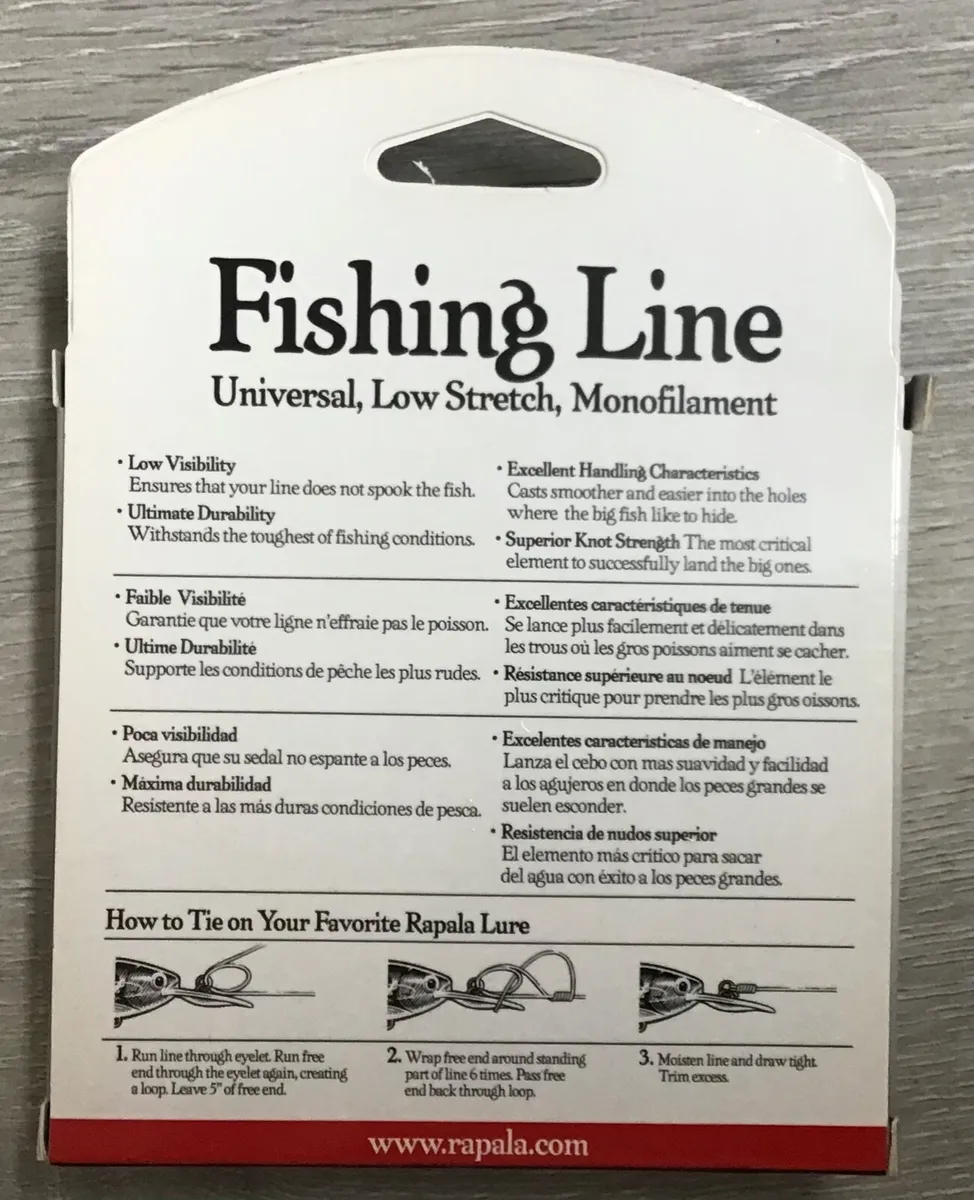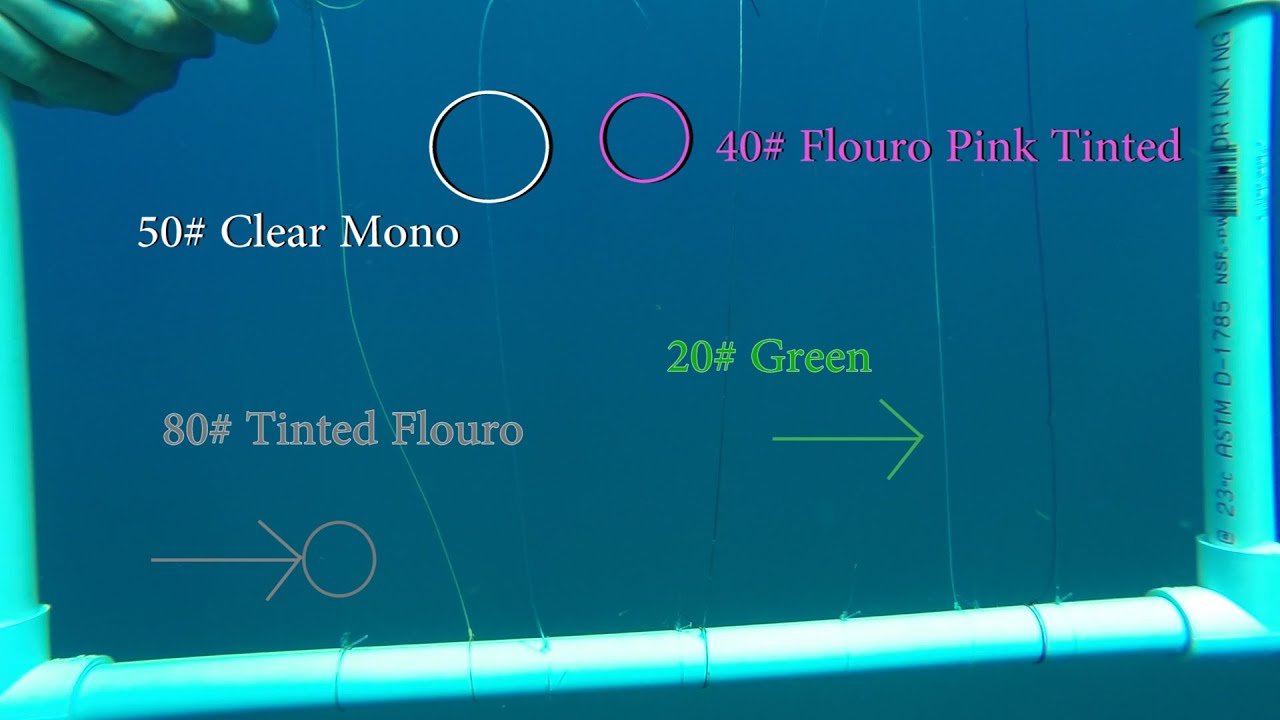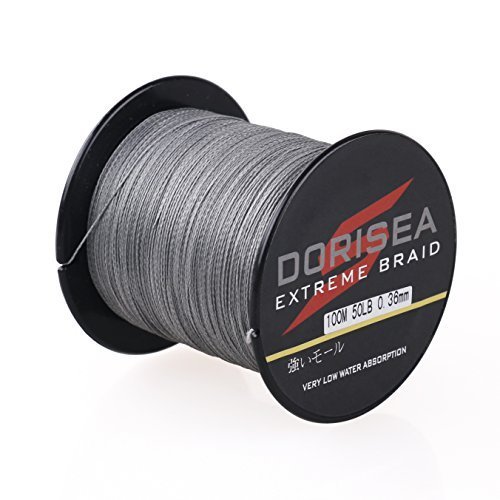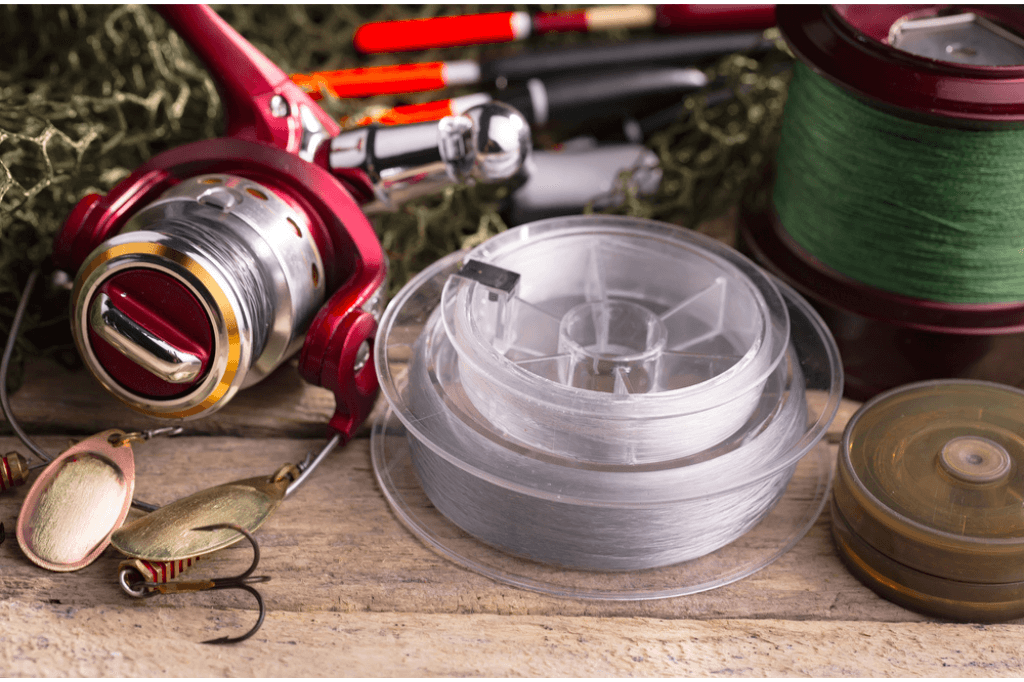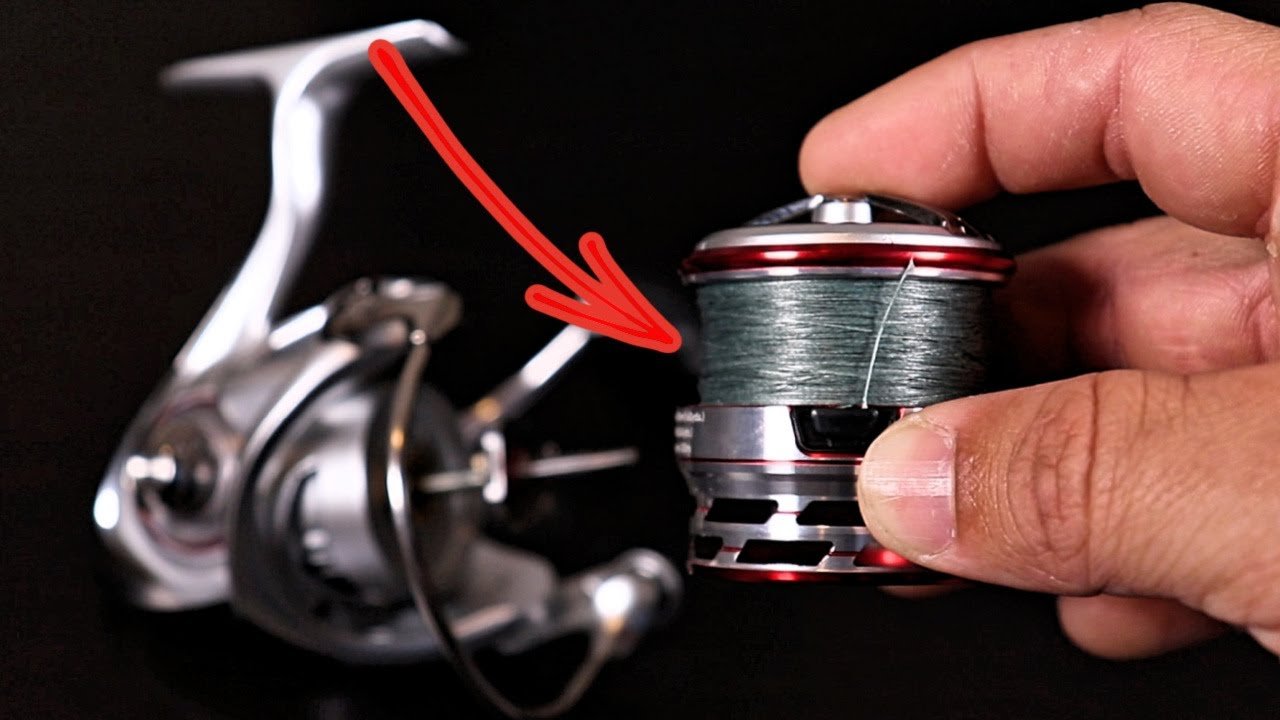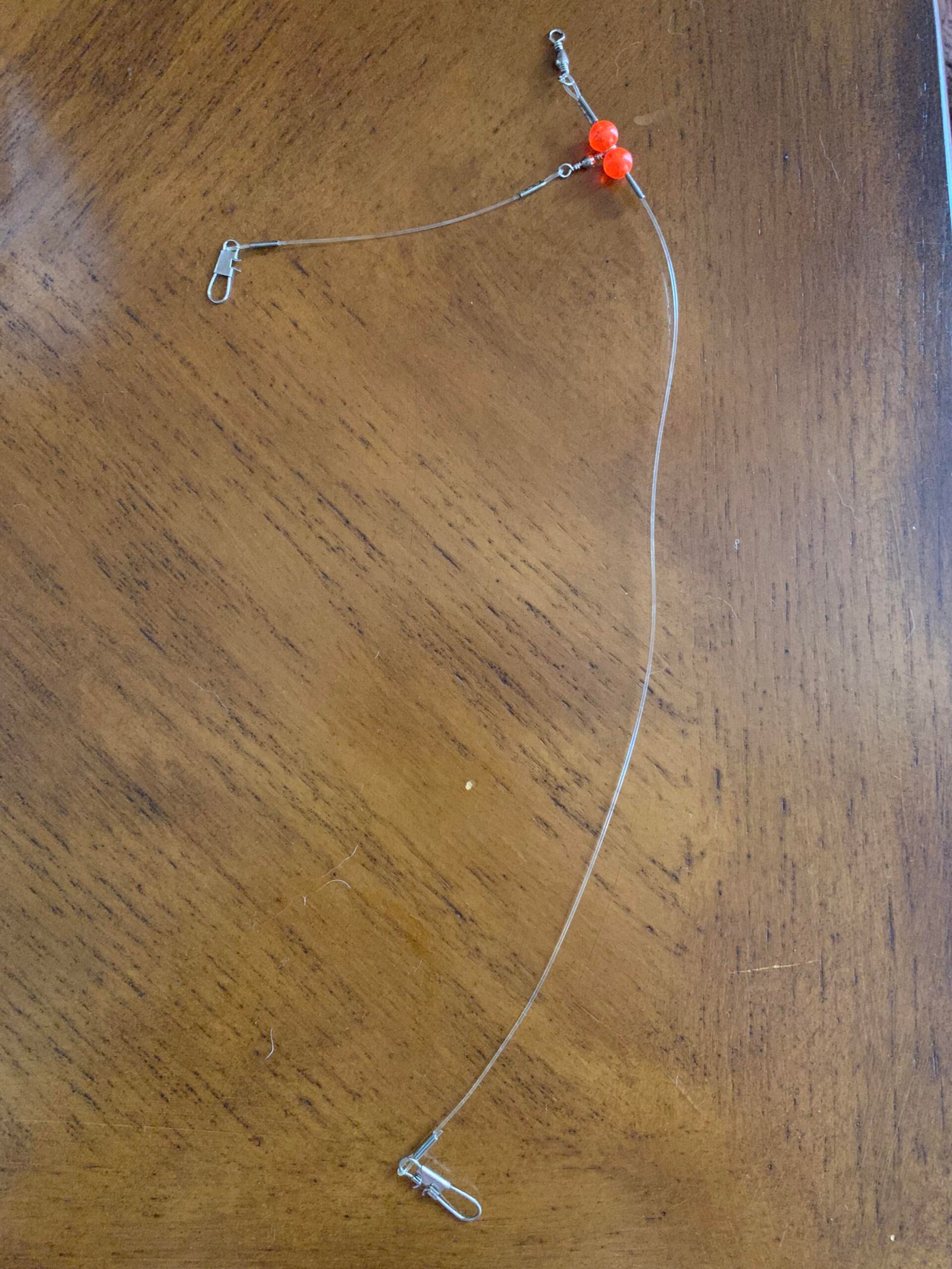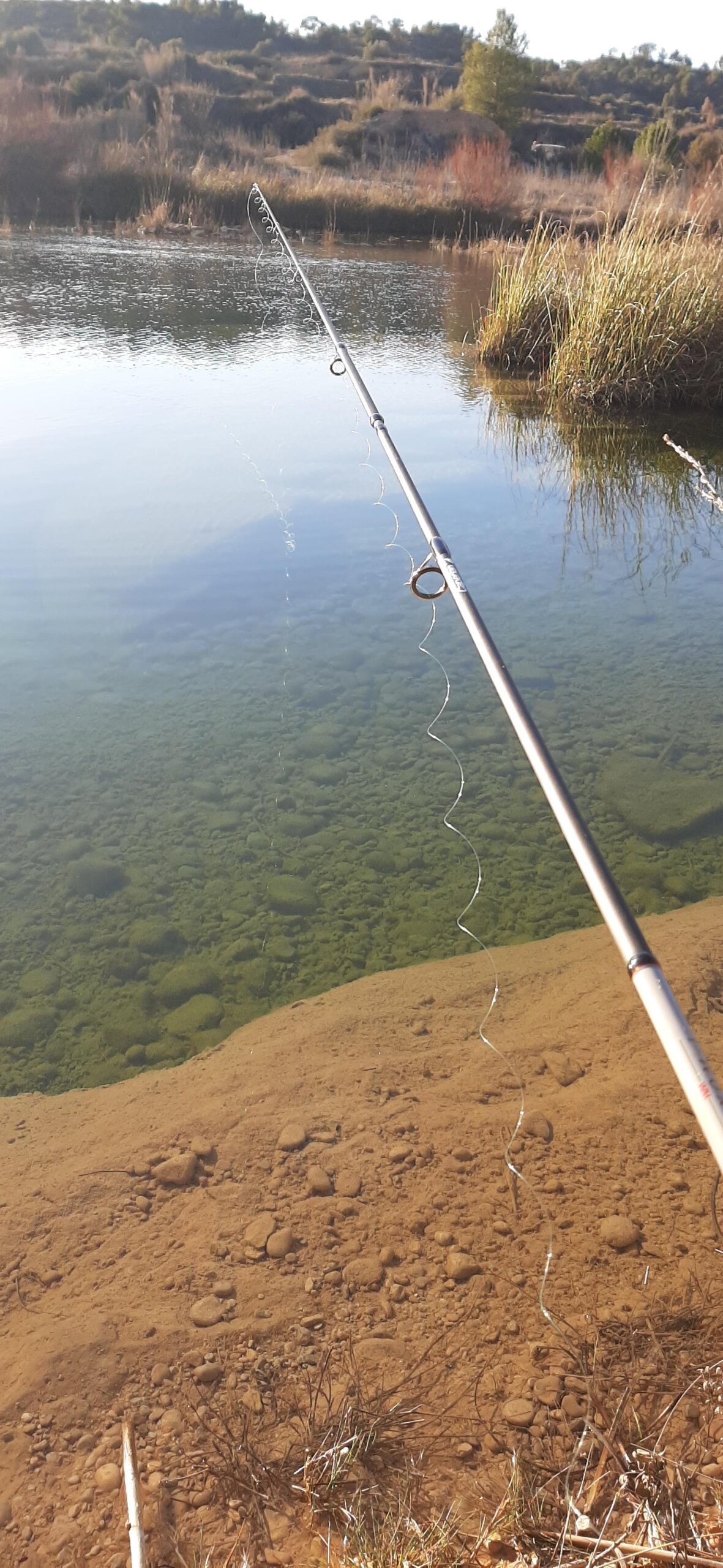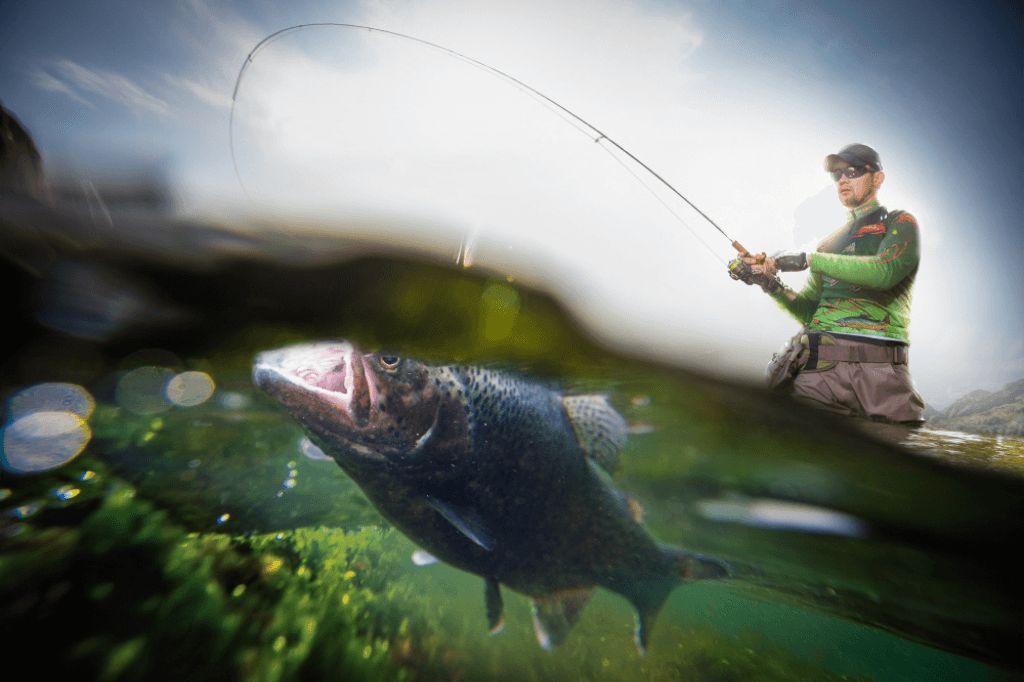Fishing rods are valuable tools for anglers, and proper storage is essential to maintain their longevity. Storing them in a cool, dry place prevents damage from moisture and temperature fluctuations. Using rod racks or holders keeps them organized and prevents them from bending or breaking.
Keeping fishing rods out of direct sunlight helps preserve their integrity and avoids UV damage. By following these simple guidelines, anglers can ensure their fishing rods remain in top condition, ready for the next fishing adventure. Proper storage not only extends the life of fishing rods but also enhances their performance, making every fishing trip more enjoyable.
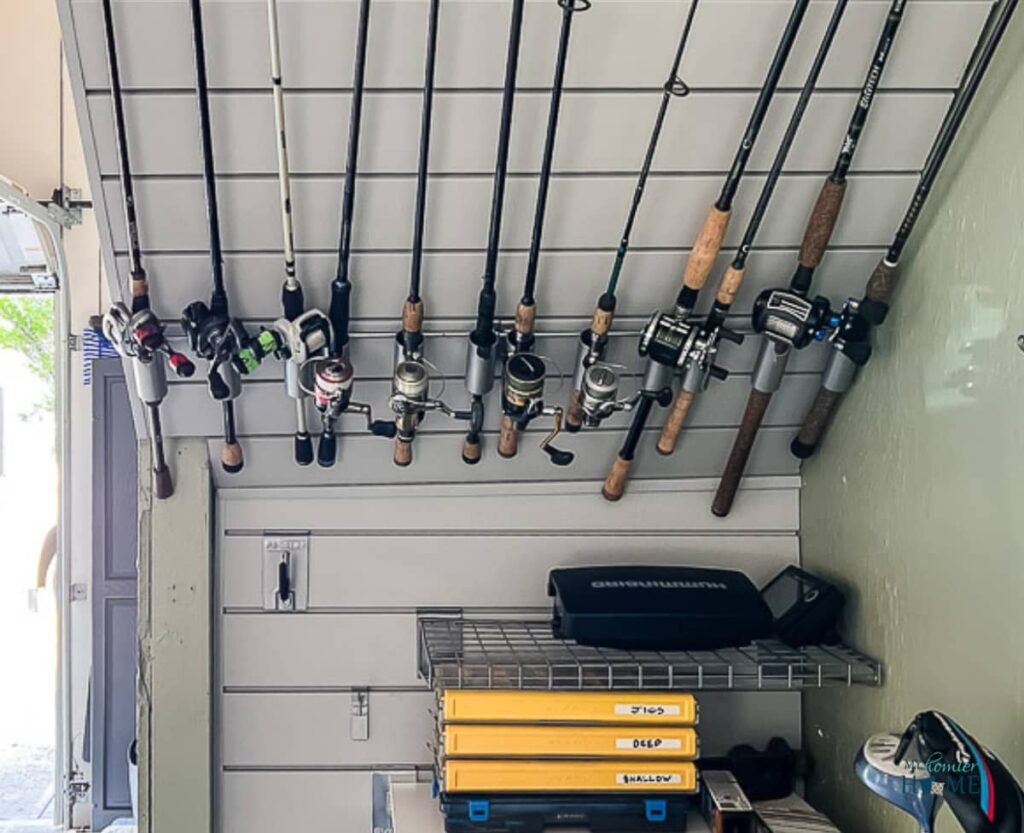
The Importance Of Proper Storage
Proper storage of fishing rods is crucial. It helps maintain their condition. Improper storage can lead to damage. This affects performance and longevity. Let’s explore why proper storage matters.
Preventing Damage
Fishing rods are delicate tools. They can easily get damaged. Proper storage prevents physical damage. Here are some tips:
- Store rods vertically or horizontally.
- Avoid leaning rods against walls.
- Use rod racks for support.
Temperature and humidity also affect rods. Store them in cool, dry places. Avoid direct sunlight. This prevents material degradation. Proper storage keeps your rods safe.
Extending Rod Life
Proper storage extends the life of fishing rods. Well-maintained rods last longer. Follow these tips:
- Clean rods before storage.
- Remove reels and lines.
- Store rods in a protective case.
Regular inspections are also important. Check for any signs of wear. Address issues promptly. This ensures your rods stay in top condition. Proper storage is key to extending rod life.
Assessing Your Storage Space
Properly storing your fishing rods starts with assessing your storage space. Knowing where you can keep them safe and organized is crucial. This helps to prevent damage and ensures they are ready for your next fishing trip.
Home Solutions
Storing fishing rods at home can be easy and effective. Here are some options:
- Wall Racks: Mounting wall racks in your garage or basement saves space and keeps rods off the ground.
- Ceiling Racks: Ceiling racks are perfect for smaller homes. They utilize unused space overhead.
- Rod Tubes: Rod tubes offer protection and are ideal for keeping rods in closets.
Make sure to keep rods in a dry and cool place to avoid damage from humidity.
Outdoor Considerations
Storing fishing rods outdoors requires more care. Here are some solutions:
- Sheds: Sheds provide a protected space for rods. Ensure the shed is dry and well-ventilated.
- Rod Covers: Use rod covers to protect against dust and weather. They are essential for outdoor storage.
- Weatherproof Racks: Invest in weatherproof racks designed for outdoor use.
Always avoid direct sunlight. UV rays can weaken rod materials over time.
Cleaning Before Storing
Properly storing fishing rods is crucial for maintaining their longevity. One essential step is cleaning before storing. This ensures your rods stay in excellent condition and are ready for your next trip.
Removing Debris And Dirt
First, rinse your fishing rod with fresh water. This removes any dirt and salt. Use a soft cloth to wipe down the rod. Pay extra attention to the guides and reel seat. A toothbrush can help clean small parts and crevices. Make sure all debris is cleared away.
Checking For Wear And Tear
Inspect your rod for any signs of damage. Look for cracks or chips in the rod blank. Check the guides for rust or wear. Ensure the reel seat is not loose. If you find any issues, repair them before storing. This prevents further damage and ensures your rod is always ready for use.
Horizontal Vs. Vertical Storage
Properly storing fishing rods ensures they stay in good condition. Choosing between horizontal and vertical storage can be challenging. Here, we explore the benefits of each method to help you decide.
Benefits Of Horizontal Racks
Horizontal racks offer several advantages for storing fishing rods.
- Even weight distribution: Horizontal racks distribute the weight of the rod evenly. This prevents warping and bending.
- Easy access: Rods are easy to grab and put back. This is ideal for frequent fishers.
- Space-saving: Horizontal racks can be mounted on walls. This saves floor space in small areas.
- Protection from damage: Rods are less likely to be knocked over. This minimizes the risk of accidental damage.
When To Use Vertical Stands
Vertical stands are another option for fishing rod storage. They also have benefits.
- Maximized storage capacity: Vertical stands can hold multiple rods. This is perfect for large collections.
- Quick setup: Vertical stands are easy to set up. No need for wall mounting or drilling holes.
- Portability: Many vertical stands are portable. You can move them to different locations.
- Great for limited wall space: If wall space is limited, vertical stands are ideal. They use floor space instead.
In summary, both horizontal and vertical storage have their unique benefits. Choose the one that best fits your fishing rod needs and storage space.
Climate Control For Rods
Properly storing fishing rods is vital for their longevity and performance. An important aspect is climate control. Maintaining the right environment prevents damage and ensures your rods last longer.
Avoiding Moisture And Humidity
Moisture can ruin fishing rods. High humidity can cause corrosion on metal parts. Wooden and fiberglass components can warp or crack. Use these tips to avoid moisture:
- Store rods in a dry area.
- Use a dehumidifier in storage spaces.
- Keep rods off the ground.
Consider using silica gel packets in rod cases. These absorb excess moisture.
Ideal Temperature Settings
Temperature plays a crucial role in rod storage. High temperatures can weaken materials. Low temperatures can make rods brittle.
| Temperature | Effect on Rods |
|---|---|
| Too High | Weakens materials |
| Too Low | Makes rods brittle |
Keep rods in a climate-controlled environment. Aim for a stable temperature between 50°F and 77°F (10°C and 25°C).
Extreme temperatures can cause irreversible damage to your fishing rods.

Credit: www.cubesmart.com
Diy Storage Solutions
Creating a dedicated space to store fishing rods can be easy and fun. You can save money and customize your storage to fit your space. Let’s explore some DIY storage solutions that will keep your fishing gear organized and safe.
Building Your Own Rack
Building your own rack can be a rewarding project. It ensures your fishing rods are stored properly.
- Gather materials like wood, screws, and a drill.
- Cut the wood to the desired length for your rack.
- Drill holes or slots where the rods will rest.
- Assemble the pieces together securely with screws.
- Mount the rack to a wall or place it on the floor.
This simple project can be completed in a day. It provides a customized solution for your fishing rods.
Creative Use Of Space
Finding space for your fishing rods can be challenging. Here are some creative ideas:
- Use the area under the stairs.
- Install hooks or brackets on the ceiling.
- Create a vertical storage system in a closet.
- Utilize the back of a door with special hangers.
These ideas help utilize unused space. They keep your fishing rods out of the way but still accessible.
Another great idea is to repurpose an old bookshelf. Add hooks or brackets to the sides. This turns an ordinary bookshelf into a functional rod holder.
With these DIY storage solutions, your fishing rods will be safe, organized, and ready for your next adventure.
Commercial Storage Options
Properly storing fishing rods is crucial to maintain their longevity and performance. Commercial storage options provide secure and convenient solutions. These options are designed to keep your fishing rods organized and safe. Let’s explore some of the best commercial storage options available.
Popular Brands And Models
Several brands offer high-quality fishing rod storage solutions. Here are some popular choices:
- Berkley – Known for their vertical and horizontal rod racks.
- Rush Creek Creations – Offers stylish and functional storage racks.
- Rack ‘Em – Provides durable and space-saving rod holders.
Features To Look For
When choosing a commercial storage option, consider these essential features:
| Feature | Description |
|---|---|
| Material | Look for durable materials like metal or high-quality plastic. |
| Capacity | Ensure the storage can hold all your rods. |
| Design | Choose a design that fits your space, vertical or horizontal. |
| Ease of Installation | Opt for options that are easy to install and set up. |
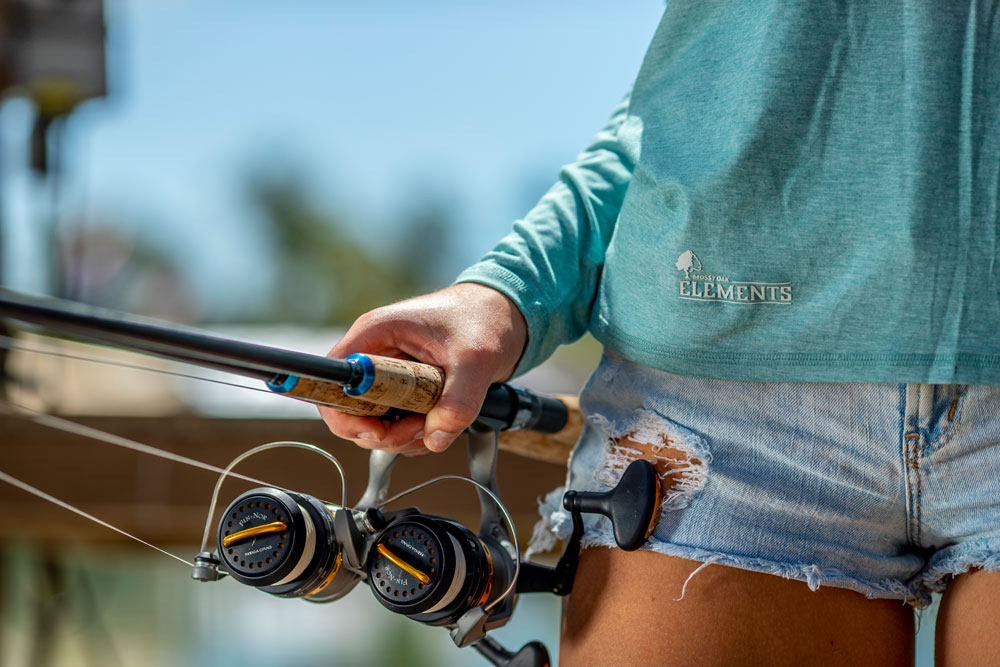
Transporting Rods Safely
Properly transporting fishing rods ensures they stay in top condition. Careful handling prevents damage and makes your fishing trips more enjoyable.
Protective Cases For Travel
Using protective cases is essential for safe rod transport. These cases shield your rods from impacts and scratches. Most cases are lightweight and easy to carry.
- Hard Cases: Offer maximum protection against heavy impacts.
- Soft Cases: Lightweight and provide basic protection.
- Customizable Cases: Can be adjusted to fit different rod sizes.
Choose a case that suits your travel needs and rod size. Investing in a good case saves you from costly repairs.
Securing Rods In Vehicles
Properly securing rods in vehicles is just as important. Loose rods can get damaged or damage the vehicle. Use special rod holders or racks designed for cars.
| Method | Benefits |
|---|---|
| Rod Holders: | Keep rods in place and prevent movement. |
| Roof Racks: | Ideal for longer rods and larger vehicles. |
| Backseat Straps: | Good for short trips and easy to install. |
Avoid placing rods loosely in the trunk or backseat. Always secure them to prevent accidents.
Maintenance During Off-season
Proper storage of fishing rods during the off-season is crucial. It ensures your gear stays in top condition for the next fishing season. Follow these steps to keep your rods safe and ready for action.
Regular Check-ups
Conduct regular check-ups on your fishing rods. Look for any signs of damage or wear. Pay attention to the rod guides and tips. Check for any cracks or loose parts.
- Inspect rod guides for damage.
- Examine the rod tips.
- Look for cracks or loose parts.
Regular inspections help identify issues early. This prevents further damage.
Pre-season Preparations
Before the new season starts, prepare your rods. Clean them thoroughly and check for any needed repairs.
- Clean the rods: Use a mild soap and water solution.
- Check for repairs: Fix any damaged guides or tips.
- Lubricate moving parts: Apply a light oil to reel seats and ferrules.
These steps ensure your rods are in perfect condition for the next season.
Maintaining your fishing rods during the off-season is essential. Follow these tips to keep your gear in top shape and extend its lifespan.
Insurance And Valuation
Properly storing your fishing rods is essential. Insurance and valuation play a crucial role in protecting your investment. Understanding the worth of your rods and how to insure them ensures peace of mind.
Appraising Valuable Rods
First, you need to determine the value of your rods. Appraisal can be done by a professional or using online resources. Consider the rod’s condition, brand, and rarity. An expert can provide an accurate valuation.
- Check for any damage
- Note the brand and model
- Consult an expert for rare rods
After appraisal, keep the valuation document in a safe place. This document is essential for insurance purposes.
Insurance Options For Anglers
Several insurance options are available for anglers. Choose the one that fits your needs.
| Insurance Type | Coverage |
|---|---|
| Homeowners Insurance | Covers fishing gear under personal property |
| Specialty Insurance | Designed specifically for fishing gear |
| Travel Insurance | Covers gear during trips |
Homeowners insurance often includes fishing gear but might have a coverage limit. Specialty insurance provides higher coverage and is tailored for fishing equipment. Travel insurance is useful if you travel frequently with your rods.
Always read the policy details carefully. Ensure your rods are covered against theft, damage, and loss. Keep your rods stored securely to avoid unnecessary claims. Proper storage extends the life of your rods and keeps them in top condition.
Frequently Asked Questions
Is It Better To Store Fishing Rods Vertically Or Horizontally?
Storing fishing rods vertically is generally better. It prevents bending and damage, preserving the rod’s integrity. Ensure they are in a cool, dry place.
What’s The Best Way To Store Fishing Rods?
Store fishing rods vertically on a rack. Use a cool, dry place to prevent damage. Keep rods clean and untangled.
How Do You Store A Fishing Rod When Not In Use?
Store your fishing rod by cleaning it first. Use a rod holder or rack for vertical storage. Keep it in a cool, dry place. Avoid direct sunlight and excessive heat to prevent damage. This ensures your rod stays in good condition.
What To Do With A Fishing Rod After Fishing?
After fishing, rinse the rod with fresh water. Dry it thoroughly to prevent rust. Store it in a cool, dry place. Regularly inspect and maintain it for longevity.
Conclusion
Properly storing fishing rods ensures their longevity and performance. Always clean them before storage. Use rod racks to prevent bending. Store in a cool, dry place to avoid damage. Regular maintenance can prolong their lifespan. Follow these tips to enjoy many successful fishing trips with well-maintained rods.
Happy fishing!

